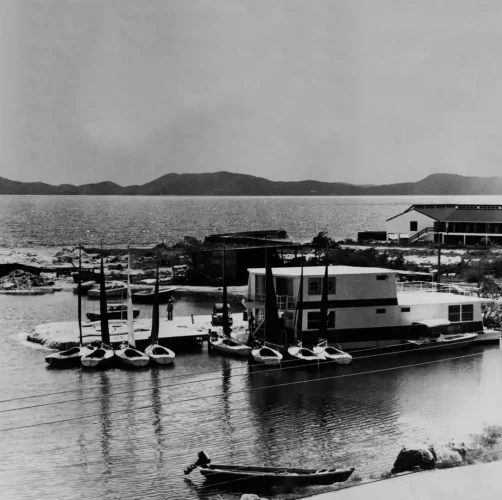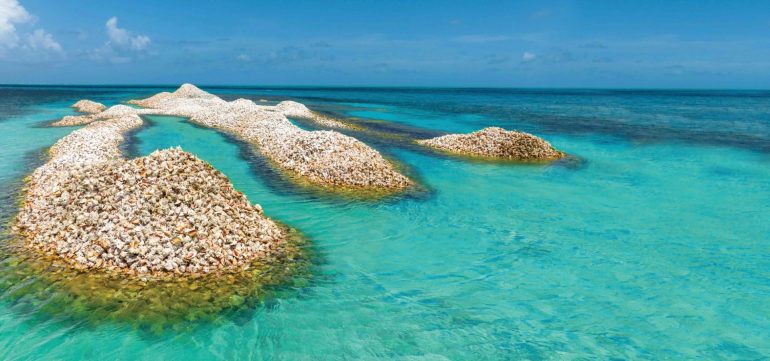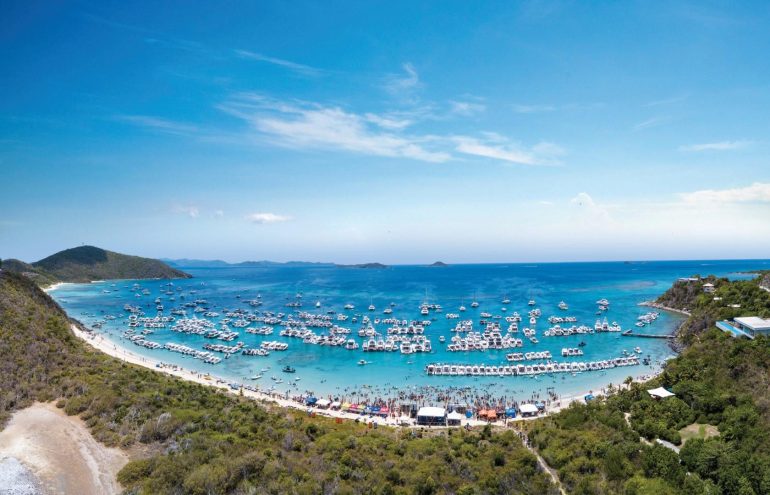In this issue I will discuss how to provide the proper care for your fruit trees so you many enjoy the harvest for many years to come. As we all know, living in the tropics has many advantages when it comes to the variety of fruit-bearing trees that are at our disposal. In my nine years of being back home in Tortola, almost every property that I have visited for landscaping already has some type of fruit-bearing tree; they are everywhere. Many people think you can simply plant a fruit tree, water it once, and just walk away. Ah no, it just doesn’t work that way; if it was that simple we would all be in fruit tree heaven.
When planting your tree the most important thing is drainage. Roots, although they are underground and drink water for the tree, need to breathe air as well. Some trees, such as avocado, will die if they stand in too much water or are planted in a low spot. Yes it is a fact that fruit trees need to drink lots of water in order to produce great fruit, but the last time I checked they don’t know how to swim, so my advice is not to plant them where you have a great deal of water settlement. There are a few exceptions such as guava and jaboticabas that will take standing water for quite some time, but the general rule is, water must drain and allow the air to return to the soil.
The same applies for potted plants. Try not to go out and buy the cheapest potting mix you can find as this has a dramatic effect on how your fruit tree grows. Most of the cheap mixes are way too rich or heavy for good drainage and as the new young roots grow into this muck, they die and rot back. Don’t be afraid to to mix some soil or amend the bag you bought. You can purchase perlite separately and mix plenty into your growing medium as it holds only a certain amount of water, it also provides good drainage and aeration.
When you plant your tree, it is usually a good idea to place your new tree on about 2 inches of the mix you make if it is in a container. If you are putting your fruit tree in the ground, however, place your mix right on top of the sand in the hole that you make. Make sure the level in the pot and final level of the tree in the ground are the same. Measure the hole depth before taking the plant out of the container. Do not, I repeat, DO NOT tear apart the roots as most fruit trees cannot withstand the shock. Some, such as lychees, have such brittle roots they will snap just like icicles. Be very gentle taking the plant out of the pot or just cut the pot off without cutting yourself in the process. Place the tree on sand in the hole and amend around it out to about 20 percent of the pot size with a 50/50 mix of perlite with the sand that comes out of the hole. You can add some good soil if you want to the mix but not much. This will allow a buffer zone for the roots as they head out of the good, rich soil on their way to the sand. Do not fertilize in the hole; this will burn the roots and it tends to be a waste as the nutrients just run down. Fertilize on top and then you can apply a good layer of mulch as deep as you want. Just keep the mulch off the trunk of the tree to prevent bugs from having access to the tree trunk.
Water the tree well, and for now you can even make a berm around the drip line of the tree to assist you in watering over the next 4 to 6 weeks. Remove the berm after that or in a heavy rain. As a general rule, one inch of water penetrates 12 inches into the soil, so judge accordingly. Water your tree every 2 to 3 days for the first 6 weeks. By then the roots should be well set. After that, your watering depends on your particular tree or location as well as what Mother Nature provides, which is few and far between in our tropical paradise. Remember, it's hot out there with lots of dry wind. Just think how you would like to sit outside for a week with no water.
Spend time with your new plants and give them the care they need to get established, and you will have fine, healthy trees with great fruit for years to come Just remember I might come around for a sample from time to time. Until next time, may the water be sufficient for the success of your fruit-bearing trees.
Phone: 284-541-2378
Email: [email protected]






